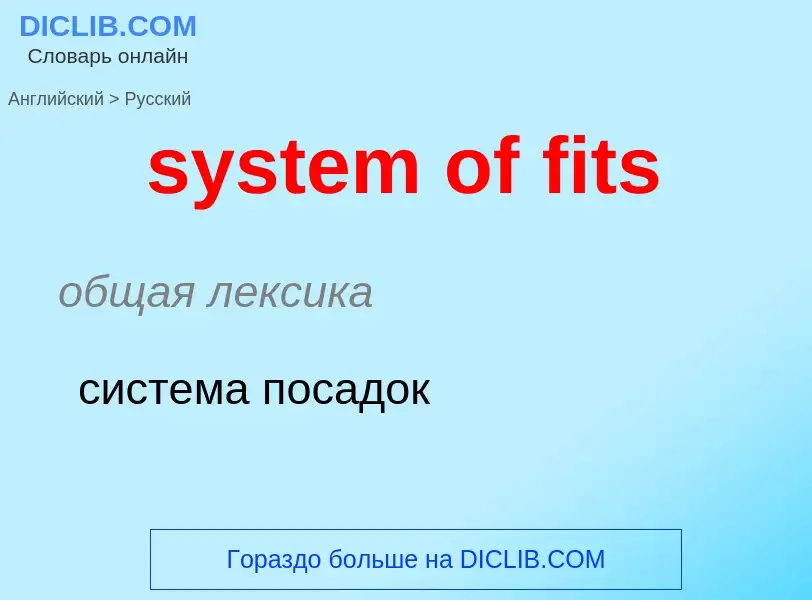Traduzione e analisi delle parole tramite l'intelligenza artificiale ChatGPT
In questa pagina puoi ottenere un'analisi dettagliata di una parola o frase, prodotta utilizzando la migliore tecnologia di intelligenza artificiale fino ad oggi:
- come viene usata la parola
- frequenza di utilizzo
- è usato più spesso nel discorso orale o scritto
- opzioni di traduzione delle parole
- esempi di utilizzo (varie frasi con traduzione)
- etimologia
system of fits - traduzione in russo
общая лексика
система посадок
общая лексика
судороги
конвульсии
Definizione
.
Wikipedia
Flexible Image Transport System (FITS) is an open standard defining a digital file format useful for storage, transmission and processing of data: formatted as multi-dimensional arrays (for example a 2D image), or tables. FITS is the most commonly used digital file format in astronomy. The FITS standard was designed specifically for astronomical data, and includes provisions such as describing photometric and spatial calibration information, together with image origin metadata.
The FITS format was first standardized in 1981; it has evolved gradually since then, and the most recent version (4.0) was standardized in 2016. FITS was designed with an eye towards long-term archival storage, and the maxim once FITS, always FITS represents the requirement that developments to the format must be backward compatible.
Image metadata is stored in a human-readable ASCII header. The information in this header is designed to calculate the byte offset of some information in the subsequent data unit to support direct access to the data cells. Each FITS file consists of one or more headers containing ASCII card images that carry keyword/value pairs, interleaved between data blocks. The keyword/value pairs provide information such as size, origin, coordinates, binary data format, free-form comments, history of the data, and anything else the creator desires: while many keywords are reserved for FITS use, the standard allows arbitrary use of the rest of the name-space.
FITS is also often used to store non-image data, such as spectra, photon lists, data cubes, or structured data such as multi-table databases. A FITS file may contain several extensions, and each of these may contain a data object. For example, it is possible to store x-ray and infrared exposures in the same file.

